Zaha Hadid Architects unveiled detailed information about Zhuhai Jinwan Civic Art Center is in the middle of Aviation New City, a 4.78 million-square-meter urbanization with new civic, cultural, academic, and commercial infrastructure in Zhuhai’s Jinwan district. It was designed to be a center of modern creativity in one of the world’s most dynamic regions.
The Zhuhai Jinwan Civic Art Centre is home to three separate cultural institutions for the city: a Performing Art Centre with a 1,200-seat Grand Theatre and a 500-retractable-seat multifunctional Black Box theatre; an interactive Science Centre; and an Art Museum. Each venue has its own features that make it different for visitors, but they are all connected by a clear formal and structural logic that runs 170 meters from east to west.
The two bigger and two smaller venues are set up symmetrically on a central axis. They are connected by a central plaza that all of the cultural institutions use as an outside entrance. Visitors can tell what makes each place unique by looking at the glazed walls that face this courtyard. The Grand Theatre and Art Museum are made of light-colored materials, while the Black Box Theatre and Science Center, which can be used for many things, are made of darker materials.
According to ZHA, “Echoing the chevron patterns of migratory birds flying in formation over southern China, the latticed steel canopies sheltering each venue are configured through repetition, symmetry and scale variation, resulting in a composition of related elements that respond to the different functional requirements of each building. This repetition of the self-supporting and self-stabilizing roof modules optimized pre-fabrication, pre-assembly, and the use of modular construction.”
Zhuhai Jinwan Civic Art Center uses the chevron shapes of the roof to frame the main hall. This lets natural light into the museum and gives artists a continuous vertical surface to show off their work. The shape of the Science Center’s roof is also reflected inside the building, which uses interactive exhibits to show off new science discoveries and encourage learning. The Science Center’s lecture hall is set up so that the center can show the people how scientific experiments and discoveries are made.
The platform of the Zhuhai Jinwan Civic Arts Center forms an island in ZhongXin Lake. People can cross the lake’s surface using ramps and tunnels to get to the podium’s center public plaza. From there, footbridges lead to each venue through gaps in the ground. The modular roof canopy protects the glazed facades, which let light through and invite people to walk along the lakeside boardwalks and plazas under the broad roof structure. On the west side of the center, there is an outdoor amphitheater where events and shows can take place.
The center is made of five different buildings that are all made of concrete and have their own steel canopies that support them from the outside. These 270m x 170m free-formed steel roof canopies are held up by just 22 columns and are made up of symmetrical shapes that make it possible for their modular, repeating structures to be made off-site and put together using only two types of columns.
The landscaping around the center and the lake are both important parts of Zhuhai’s “sponge city” project, which aims to let at least 70% of the city’s rainwater naturally soak in, be stored, and be used again by using aquatic plants and animals to filter out pollutants. The landscaping’s irrigation system has humidity and soil wetness sensors that control and lower the amount of water used.
In the subtropical climate of southern China’s coast, the double-insulated glazing of the building’s envelope is designed to keep heat in and heat out. The latticed roof canopy protects the building and has perforated metal panels on the outside to block the sun. The panels have different-sized holes in them that let different amounts of sunlight into the center’s rooms depending on their programming needs, direction, and solar gain. At night, this roof cover shines soft light back into the center.
According to ZHA, “Energy consumption and indoor air quality monitoring systems with intelligent control will automatically adjust the center’s interior environments for optimal comfort and energy reduction. Waste heat recovery will be used to meet the center’s hot water demand with water-saving appliances connected to the center’s water recycling system. Designed to meet the highest tiers of China’s Green Building Evaluation Standards, the selection and procurement of the center’s structural components have prioritized recycled steel, aggregates, and other component materials.”
Project Info
Architect: Zaha Hadid Architects (ZHA)
ZHA Design Principal: Zaha Hadid and Patrik Schumacher
ZHA Project Directors: Satoshi Ohashi, Charles Walker
ZHA Project Associate Directors: Lydia Kim, Yang Jingwen
ZHA Project Associates: Mei-Ling Lin, Aurora Santana (SD)
ZHA Project Leads: Mei-Ling Lin, Elena Scripelliti
ZHA Project Core Team: Armando Bussey, Reza Karimi, Julian Lin
ZHA Project CA Team: Qi Cao, Kai-Jui Tsao, Mei-Ling Lin, Juan Liu, Yuling Ma, Feifei Fan
ZHA Project Team: Armando Bussey, Marius Cernica, Grace Chung, Nelli Denisova, Xuexin Duan, Kaloyan Erevinov, Nassim Eshaghi, Kate Hunter, Yang Jingwen, Reza Karimi, Ben Kikkawa, Lydia Kim, Julian Lin, Mei-Ling Lin, Valeria Mazzilli, Sareh Mirseyed Nazari, Massimo Napoleoni, Satoshi Ohashi, Yevgeniya Pozigun, Qi Cao, Qiuyu Zhao, Aurora Santana, Hannes Schafelner, Michael Sims, Patrik Schumacher, Sharan Sundar, Maria Touloupou, Chao Wei, Charles Walker, Kai-Jui Tsao, Yuling Ma, Feifei Fan
ZHA Competition Team: Armando Bussey, Clara Martins, Cristiano Ceccato, Charles Walker, Ed Gaskin, Filippo Nassetti, Jinqi Huang, Juan Liu, Lydia Kim, Julian Lin, Satoshi Ohashi, Paulo Flores, Harry Spraiter, Patrick Schumacher, Houzhe Xu, Simon Yu
Structural Consultant: Beijing Institute of Architecture & Design South China Centre
Green Building Consultant: Guangdong JORJUN Green Building Technology
BIM Consultant: Beijing BIMTechnologie
Façade Consultant: Zhuhai City Honghai Curtain Wall
Lighting Consultant: Shenzhen Global Lighting Technology
Landscape Consultant: Beijing Institute of Architecture & Design (South China Centre)
Theater Consultant: Shanghai DeYi Engineering Technology
Signage Consultant: W&T Design
Fire Consultant: Beijing Institute of Architecture & Design (South China Centre)
Amplify Consultant: Radio, Film & TV Design and Research Institute
Acoustic Consultant: East China Architectural Design & Research Institute (Acoustic & Theatre Special Design & Research Division)
Interior Consultant: Shenzhen Z&F Culture Construction
General Contractor: MCC City Investment Holding
Façade Contractor: Shenzhen Sanxin Technology Development
Landscape Contractor: Zhuhai Wuyue Landscape Engineering
Interior Contractor: Shenzhen Weiye Decoration Group
Photographs: Virgile Simon Bertrand, Seilao Jiong, Yipeng Lyu, AT OPTOGRAM STUDIO




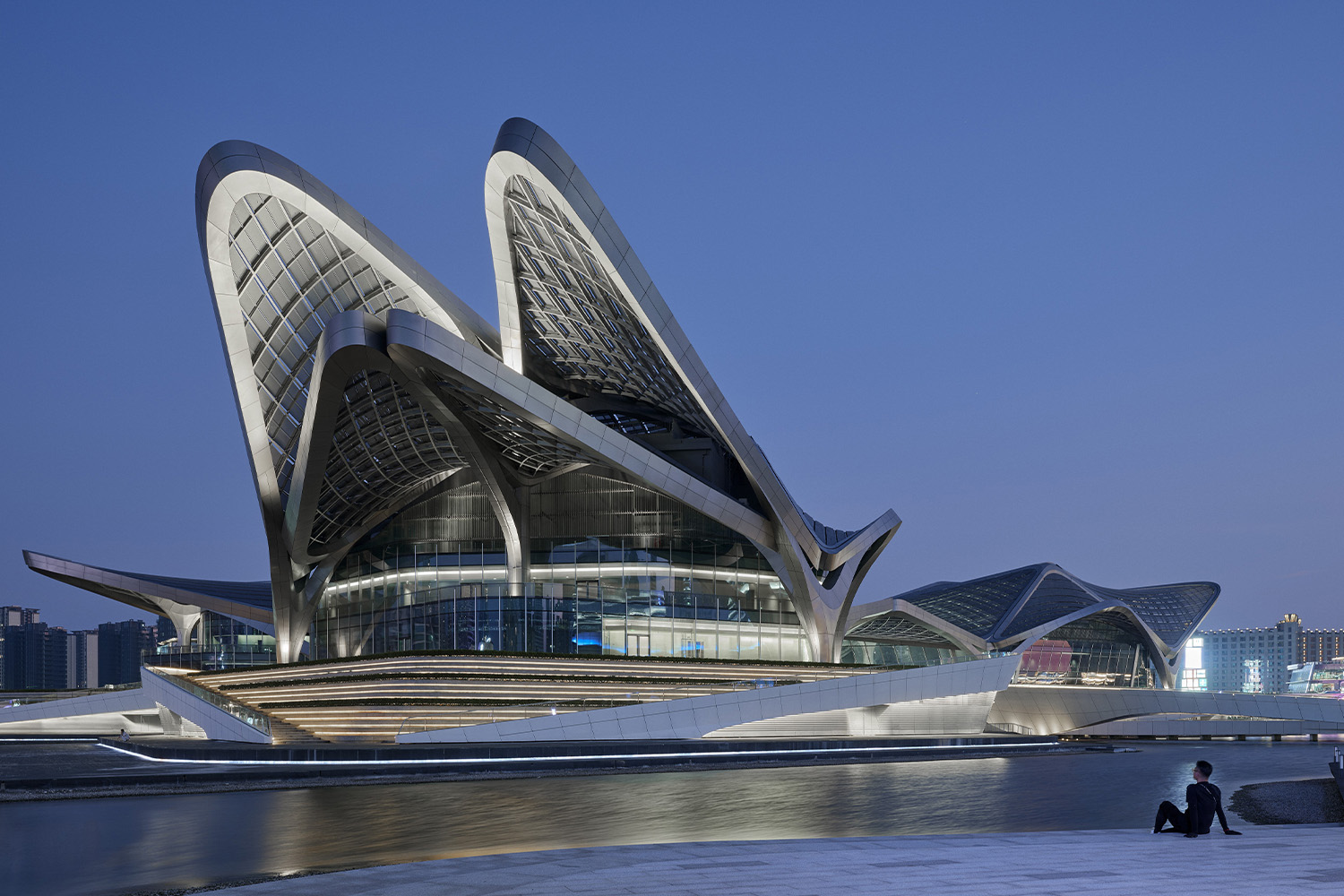
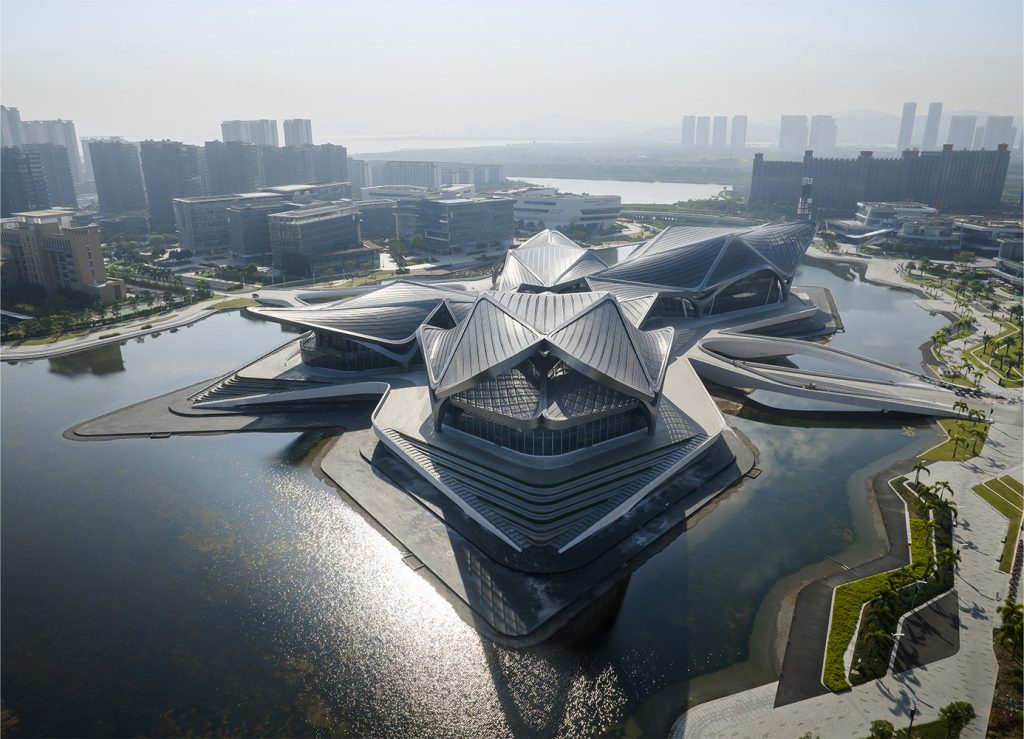
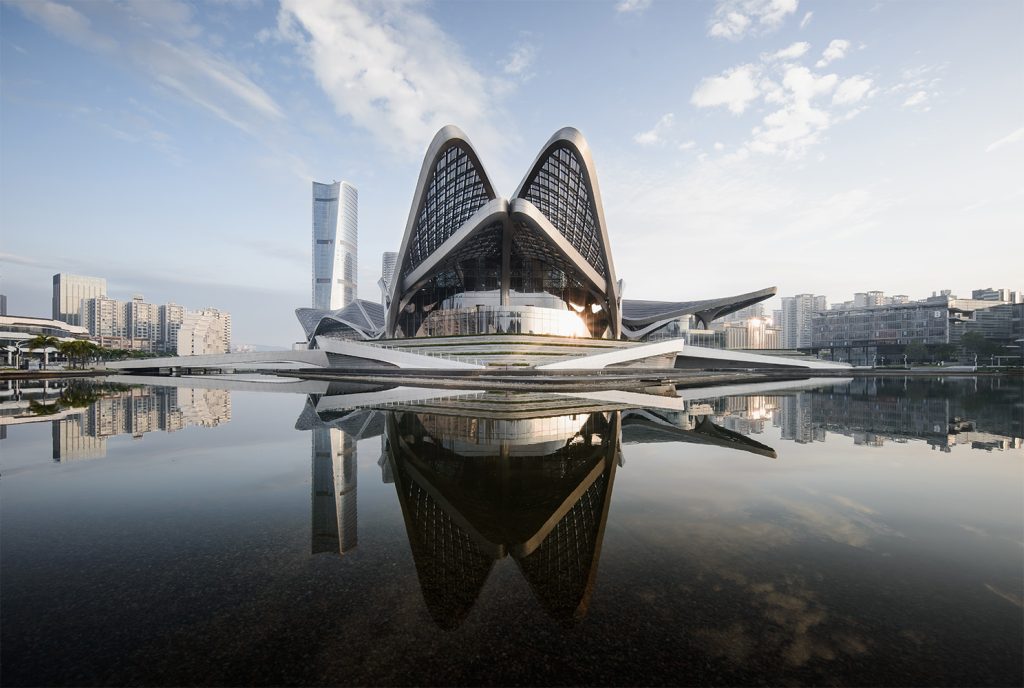
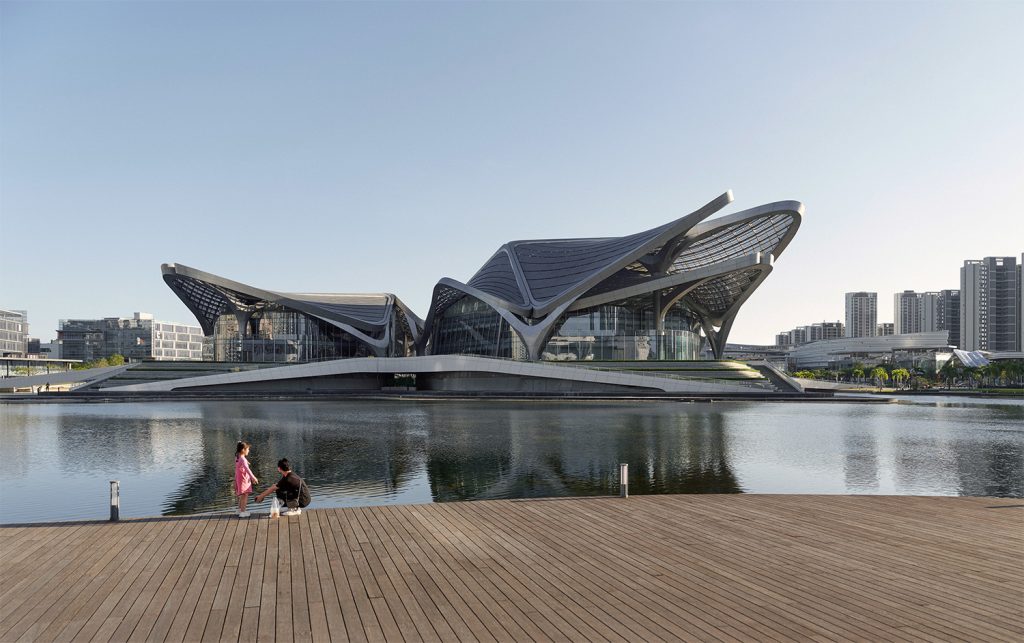
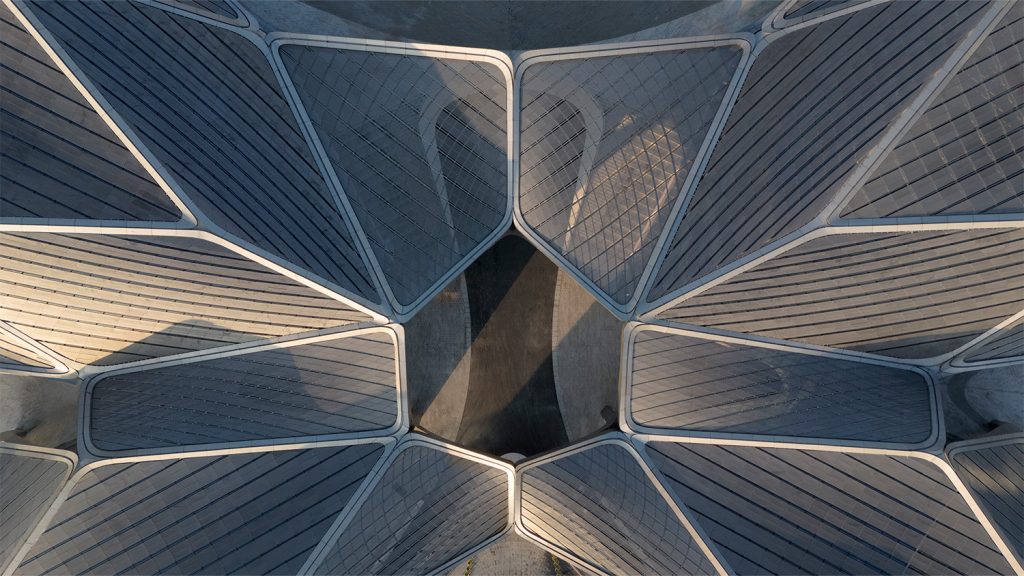
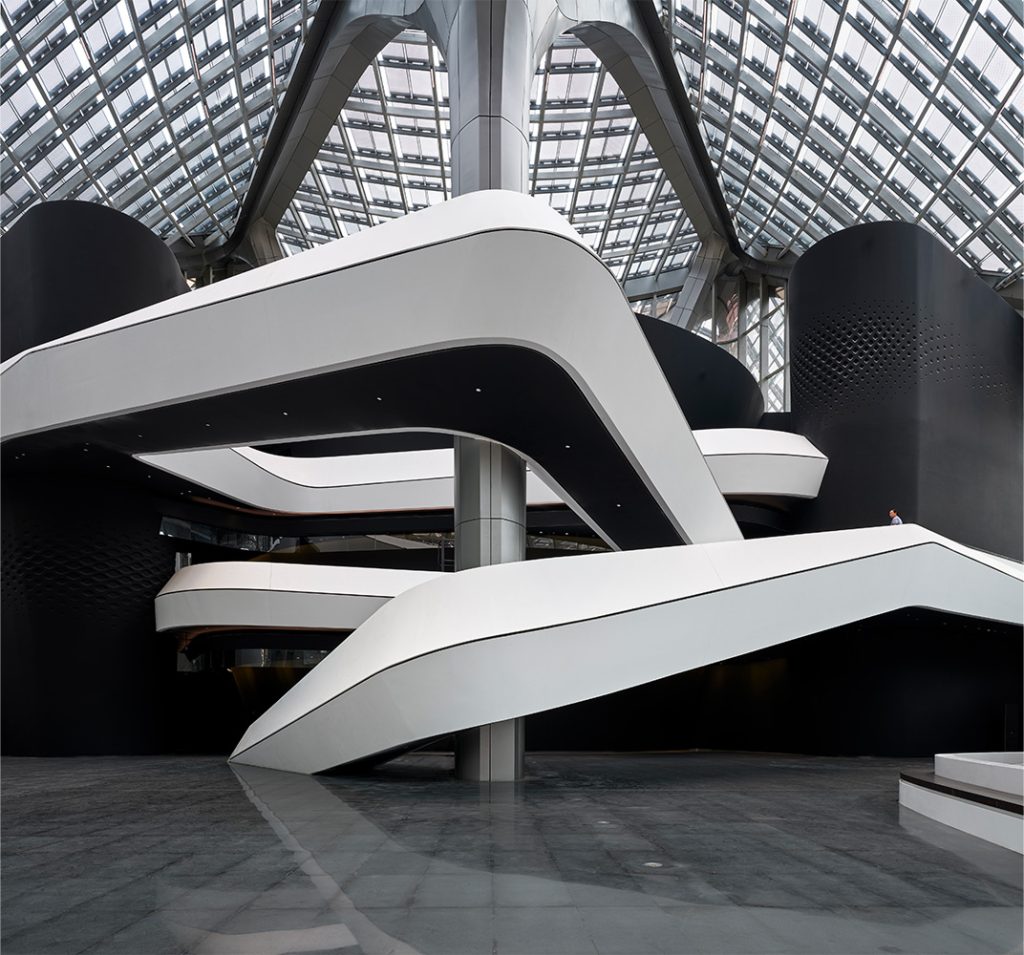
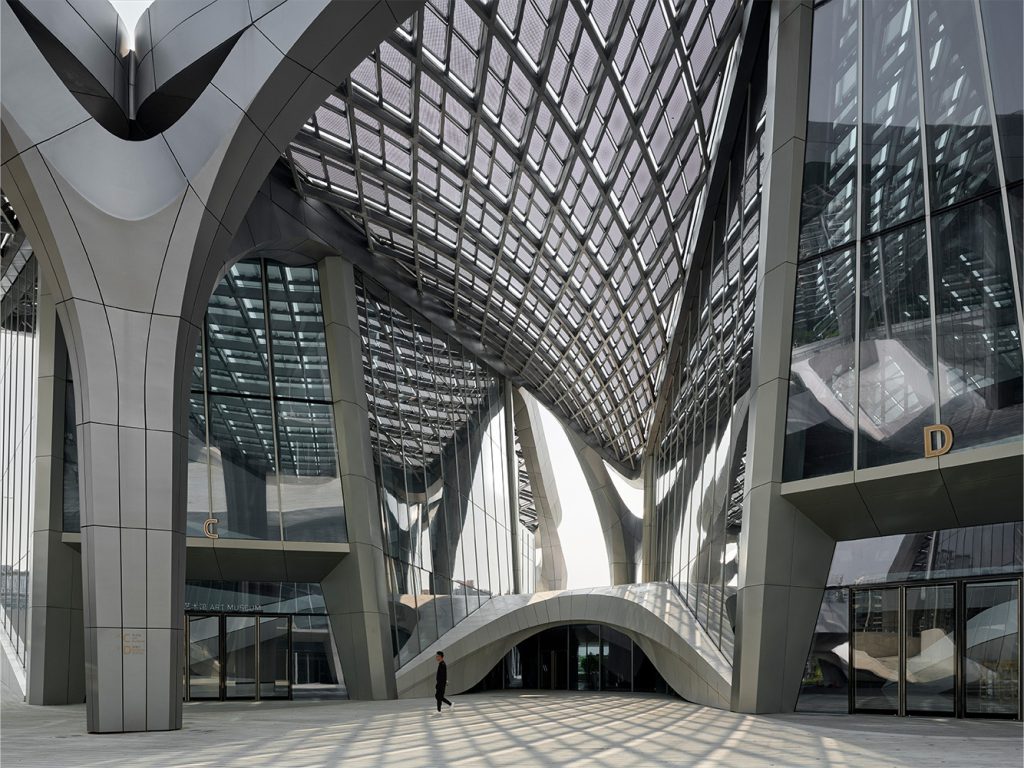














Leave a comment